Rising Demand for Crop Yield Enhancement
the agricultural adjuvants market is experiencing a surge in demand driven by the need for enhanced crop yields.. Farmers are increasingly seeking solutions that improve the efficacy of pesticides and fertilizers, thereby maximizing their agricultural output. In the US, the market for agricultural adjuvants is projected to reach approximately $3 billion by 2026, reflecting a compound annual growth rate (CAGR) of around 5.5%. This growth is largely attributed to the rising global population and the corresponding need for increased food production. As a result, agricultural adjuvants play a crucial role in optimizing the performance of agrochemicals, ensuring that farmers can meet the growing food demands efficiently.
Technological Innovations in Agrochemicals
Technological advancements in agrochemical formulations are a key driver for the agricultural adjuvants market. Innovations such as nanotechnology and bio-based adjuvants are emerging, offering improved performance and reduced environmental impact. In the US, the integration of these technologies is expected to enhance the effectiveness of agricultural inputs, leading to better crop protection and nutrient delivery. The market for agricultural adjuvants is anticipated to grow as these innovations become more mainstream, with estimates suggesting a potential increase in market value by 10% over the next five years. This trend indicates a shift towards more efficient and sustainable agricultural practices.
Regulatory Support for Sustainable Practices
the agricultural adjuvants market is influenced by regulatory frameworks that promote sustainable agricultural practices.. In the US, government initiatives aimed at reducing chemical usage and encouraging environmentally friendly farming methods are gaining traction. This regulatory support is likely to drive the adoption of adjuvants that enhance the effectiveness of lower volumes of pesticides and fertilizers. As a result, the market is expected to witness a shift towards products that comply with these regulations, potentially increasing the market share of eco-friendly adjuvants. The emphasis on sustainability is not only beneficial for the environment but also aligns with consumer preferences for sustainably produced food.
Growing Awareness of Crop Protection Products
the agricultural adjuvants market is growing due to increasing awareness among farmers regarding the benefits of crop protection products.. As farmers become more educated about the role of adjuvants in enhancing the effectiveness of pesticides and herbicides, the demand for these products is likely to rise. In the US, the market is expected to see a growth rate of approximately 4% annually as more farmers recognize the value of using adjuvants to improve crop health and yield. This heightened awareness is fostering a more informed agricultural community, which is essential for the continued expansion of the agricultural adjuvants market.
Increased Adoption of Precision Farming Techniques
the agricultural adjuvants market benefits from the growing adoption of precision farming techniques among US farmers.. Precision agriculture utilizes data-driven approaches to optimize field-level management regarding crop farming. This trend is likely to enhance the demand for adjuvants that improve the performance of agrochemicals, as farmers seek to maximize efficiency and minimize waste. The market is projected to expand as precision farming technologies become more accessible, with estimates indicating a potential growth rate of 6% annually. This shift towards precision agriculture not only improves productivity but also aligns with sustainability goals, further driving the agricultural adjuvants market.


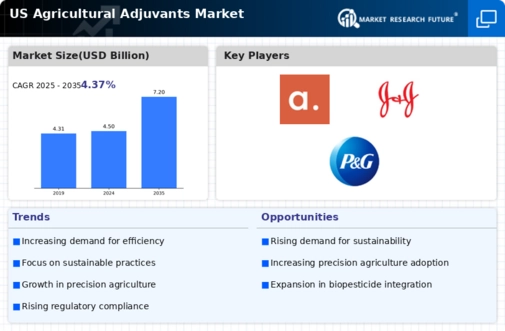
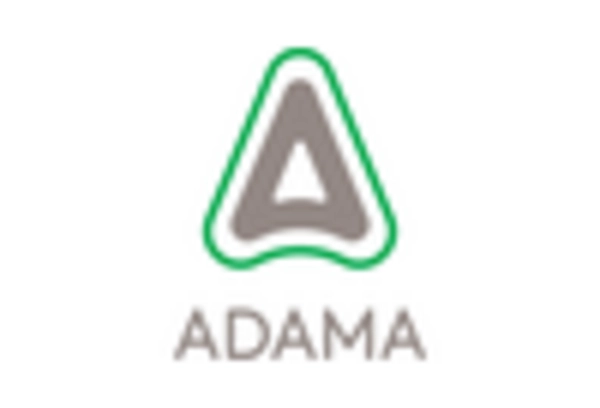
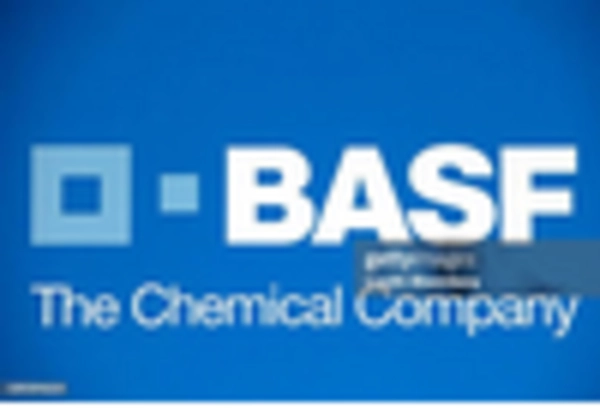
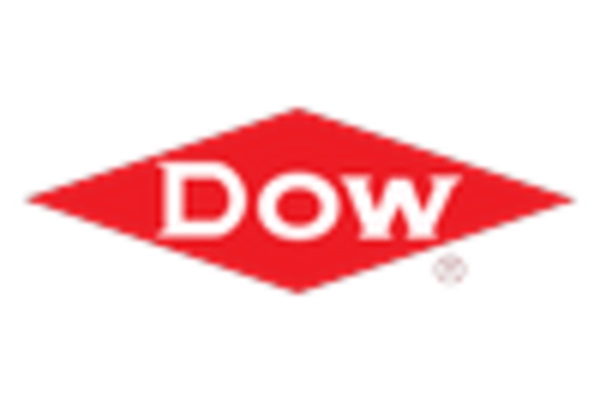
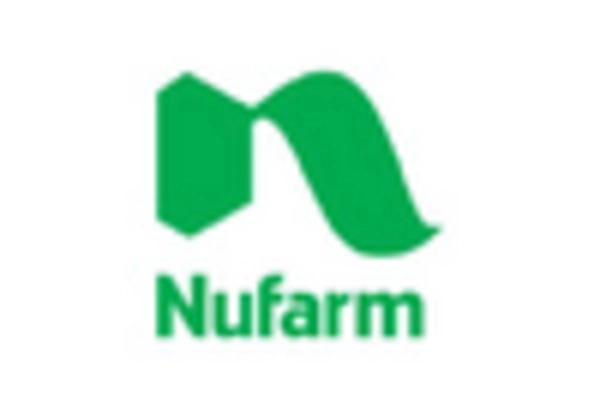

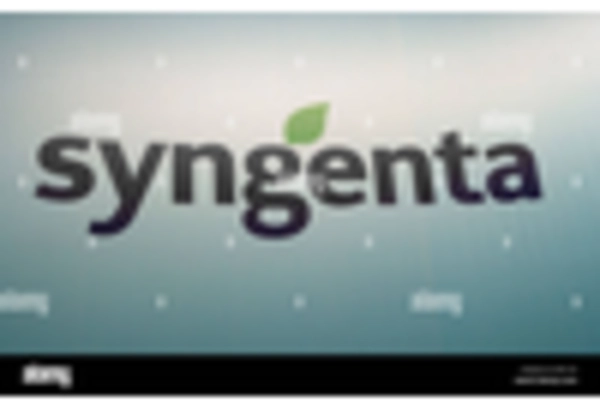








Leave a Comment